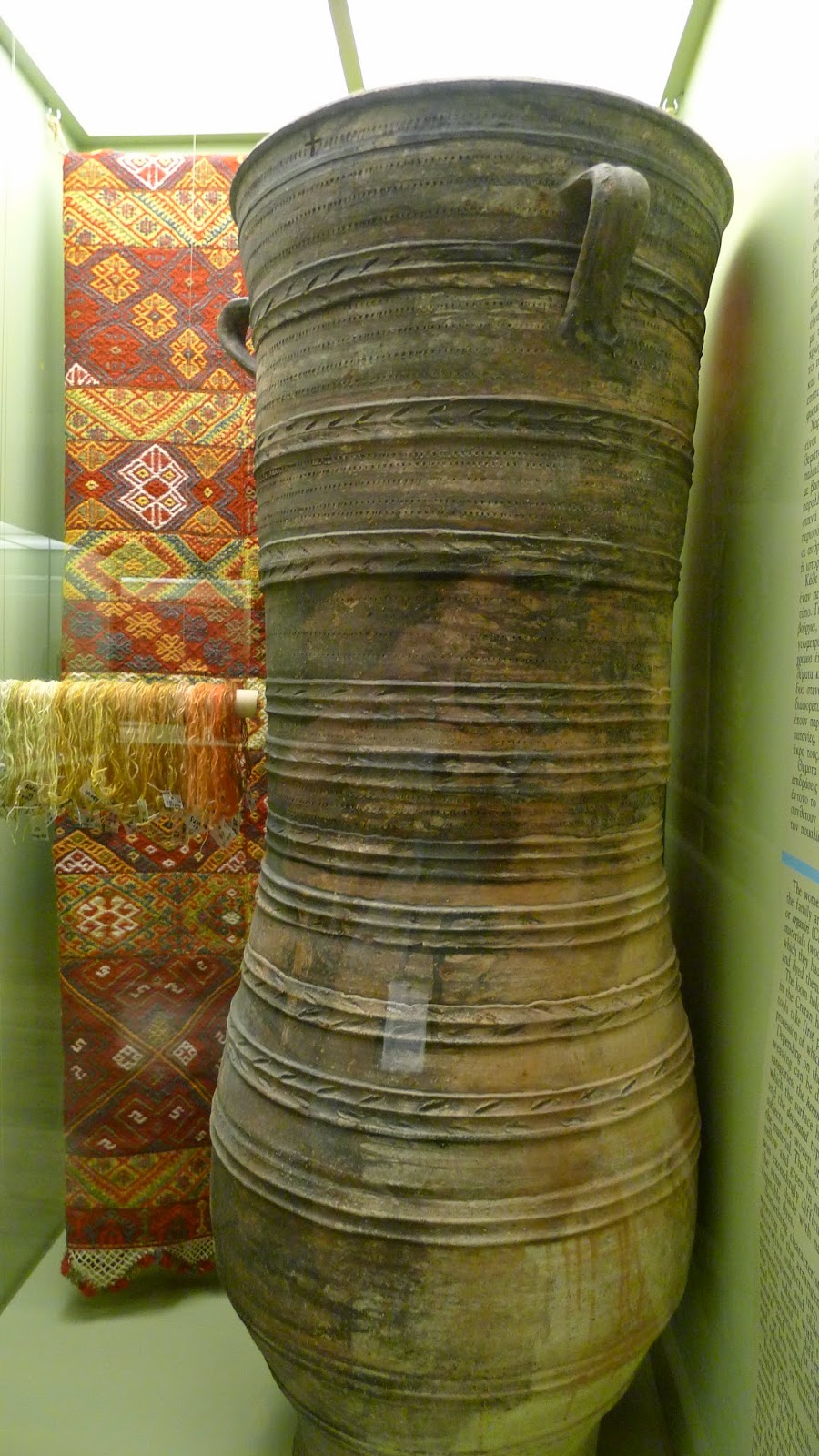Hints for Travel in Sri Lanka
Take the train!
Be sure to travel on the trains of Sri Lanka. They are older, reasonably priced with frequent departures. Windows can open, and there is sometimes an observation car at the very back where passengers can gaze out the back at the tracks. The train takes you through beautiful countryside, tea plantations, pretty towns, high up into the clouds or down in the lush valleys of Sri Lanka. If you like trains, you will love the trains of Sri Lanka! The one north to Jaffna was bouncy. The train to Ella was crowded with tourists, but most often it is the people of Sri Lanka who regularly ride the trains - students, workers, families.
Hire a car and driver
When our journey took us to places without train connections, we hired a car with a driver. We asked the staff at our hotels to arrange for a car and driver. This always worked out. We talked at length with our drivers, who pointed out the sights along the way. As we chatted, we got good insight into the people and politics of Sri Lanka. The drivers were committed to getting us to our destinations, which were sometimes difficult to find. The main roads and highways are newly paved and very good.
Use the hotel to make travel, tour arrangements
We also had the hotel staff arrange for tuk tuk tours in Colombo and in the ancient Buddhist kingdoms. We asked for a driver who was also a tour guide. Again, this always worked out! Sometimes it was raining hard at the northern Buddhist sites, so it was wonderful to have a driver near with dry transportation.
Chat with the people
The people of Sri Lanka are extremely friendly, interested and interesting, and happy to talk with tourists. Many speak English. We had the opportunity to talk at length with many people in Sri Lanka, and this added so much to our trip. Travel around the island and strike up conversations with the welcoming people of Sri Lanka.
Try local cuisine
Western food is readily available, however, we preferred the tremendous variety of curries with rice. Dal (lentil) is served at every meal, including breakfast. We enjoyed the 'hoppers' - egg hoppers and string hoppers - a delicious breakfast food. Fresh fruit - lots of it- is always served. What a pleasure to have so much fresh fruit - banana, pineapple, passion fruit, mango. The Sri Lankan diet is healthy, fresh and delicious. The dal is easy to digest. We had no problems anywhere with the food.
Prepare for dengue
Mosquitoes carry disease, and Sri Lanka has dengue. Take protective clothing and bug spray with Deet, and monitor the danger before you go. We took bug spray with Deet, and noticed it was not readily available in Sri Lanka.
Climate varies throughout the island
The climate of Sri Lanka varies greatly depending on the area of the island you are in and the time of year. We experienced sunny hot weather at the beach, but in the midlands it was warm with rain. High in the hills, it was rainy and cool enough to need sweaters. Check this out before you go and take appropriate clothing.
Wild elephants are beautiful!
We stayed at a lodge in Polonnaruwa where wild elephants came right up to the fence. They roamed and lived wild around the ancient man-made lake. We watched them travel across the marshlands! The lodge staff were reverent and respectful of these majestic visitors.
 |
| Lodge staff knocked on our door. "The elephants are here!" |
 |
| My camera is not on zoom. The amazing wild elephants of Sri Lanka! |
 |
| Beautiful and healthy wild elephants of Sri Lanka |


























































